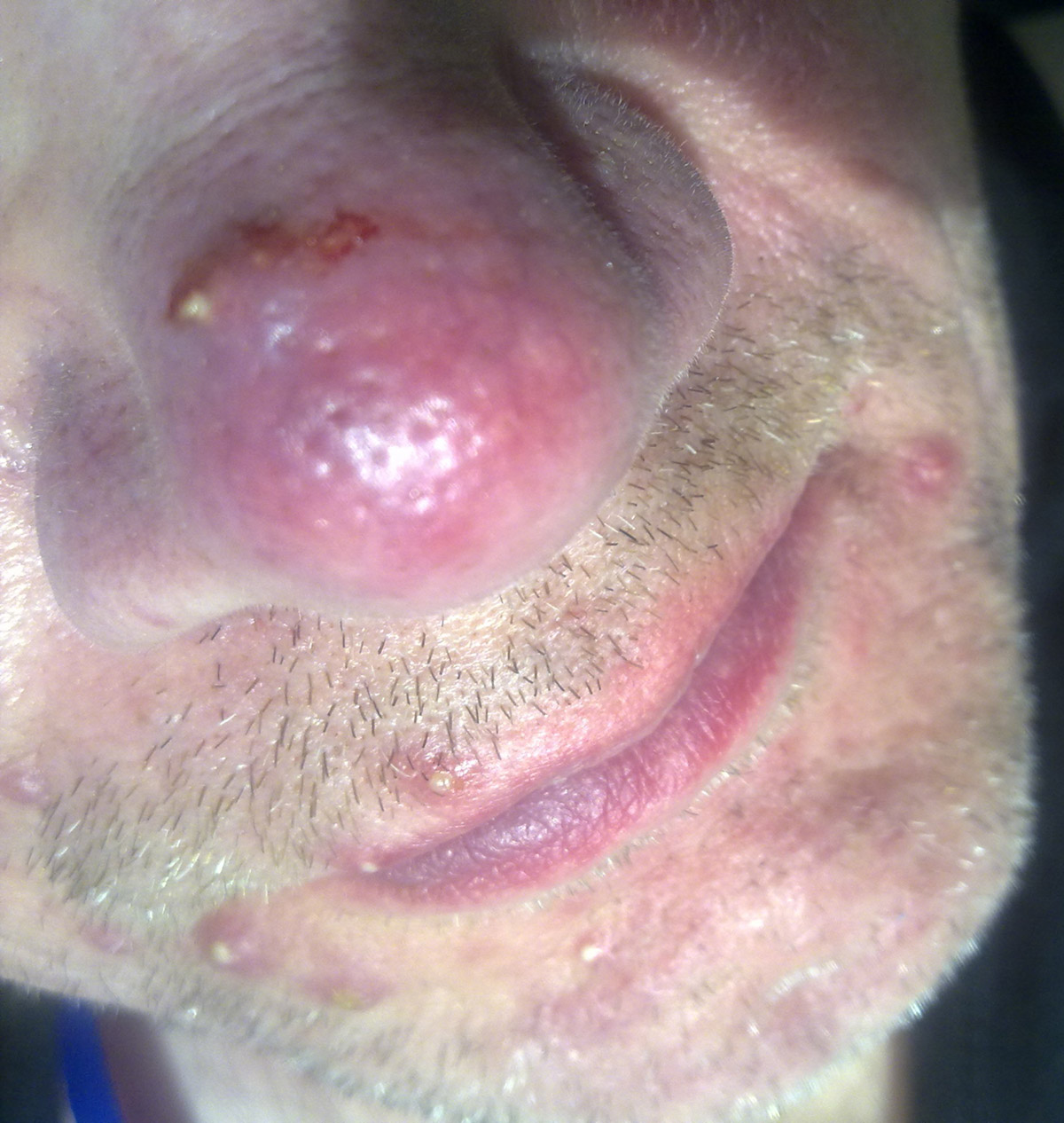
Rosacea - Red Face
Rosacea is a common chronic skin disease, which primarily covers the face while other parts of the body may be affected in the rare cases. In addition to face, eyes can often be affected too. The exact cause of the disease has not yet been found but it is a fact that a number of environmental and hereditary factors contribute to rosacea development.Frequent occurrence of the disease is observed in light skinned people, people with the Rh A+ blood type and in patients who suffer from migraine. The disease usually occurs after the age of 30 and is more common in women than in men. Rosacea has nothing common with acne but sometimes it seems like acne.
Causes
Genetics – if parents had rosacea, the family members will get it in approximately 30-40% of cases. Sun has the important role in the development of the disease because rosacea often appears on skin that is damaged by the sun. Sun damages the connective tissue, thereby weakening the walls of blood vessels which contribute to its expansion and developing the disease. Microcirculation disturbance of face vein has a major role in the development of disease. Face veins are drained through whites of the eyes which explain eyes involvement. Frequent occurrence of rosacea is detected in pregnancy during the menstrual cycle and postmenopausal period. Some drugs, like nitroglycerin, provoke the red face.Provoking Factors
The most important is to recognize the provoking factors and avoid them as much as possible. Otherwise there is a further development of the disease despite therapy. They include: hot food and drinks strong spices sources of heat cold sun and tanning alcohol cosmetics that contain alcohol (especially aftershave) stress cosmetics with aggressive ingredientsTreatment
General measures - alcoholic lotions or similar aggressive cosmetics should be avoided. It is necessary to wash face as gentle as possible with warm water and dry it with a soft towel. It is recommended to avoid sun and use sun creams with protective factor. Packs of cold water can be used in the case of face unpleasantness and redness. Local therapy is based on anti-inflammatory effect. Some products, in addition to anti-inflammatory effect, include anti-red face effect. Antibiotics and aselaic acid are used as local therapy. Metronidazole, erythromycin and clindamycin are the most common used antibiotics. Rosacea may also be treated with anti-fungal products and retinoids - vitamin A derivatives. Retinoids cause thickening of the skin surface layer which reduces face redness and inflammation. Products on the basis of tar and sulfur used in the past, are still used. Systematic therapy consists of antibiotics with anti-inflammatory effect. Tetracyclines - minocyclin and doxycycline are the most comonly used antibiotics. Also, clarithromycin is used from recently. Severe cases of rosacea are treated with metronidazole. The most severe form of rosacea requires use of isotretionin and systemic corticosteroids. Clonidine and beta blockers are used against attacks of face redness. Electricity, laser burning and IPL device is applied against visible blood vessels.IPL device is successfully used in treating red face and reducing enlarged pores. Overgrowth of connective tissue and sebaceous glands, which is usually expressed on the nose, uses a range of methods and tools that are based on the destruction of the above mentioned tissues. Telangiectasia or lingering redness is removed by electro-cauterization, while hypertrophic changes in rhinophyma are solved by dermabrasion. Cosmetic surgery includes reconstructive procedure and plastic surgery which may be used to correct or remove irregularities from a nose damaged by rhinophyma.



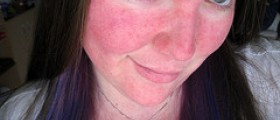
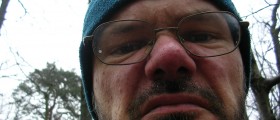


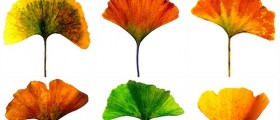
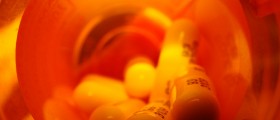



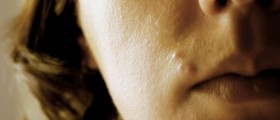


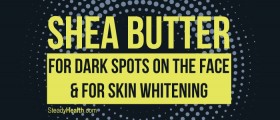
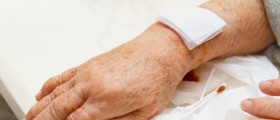
Your thoughts on this
Loading...